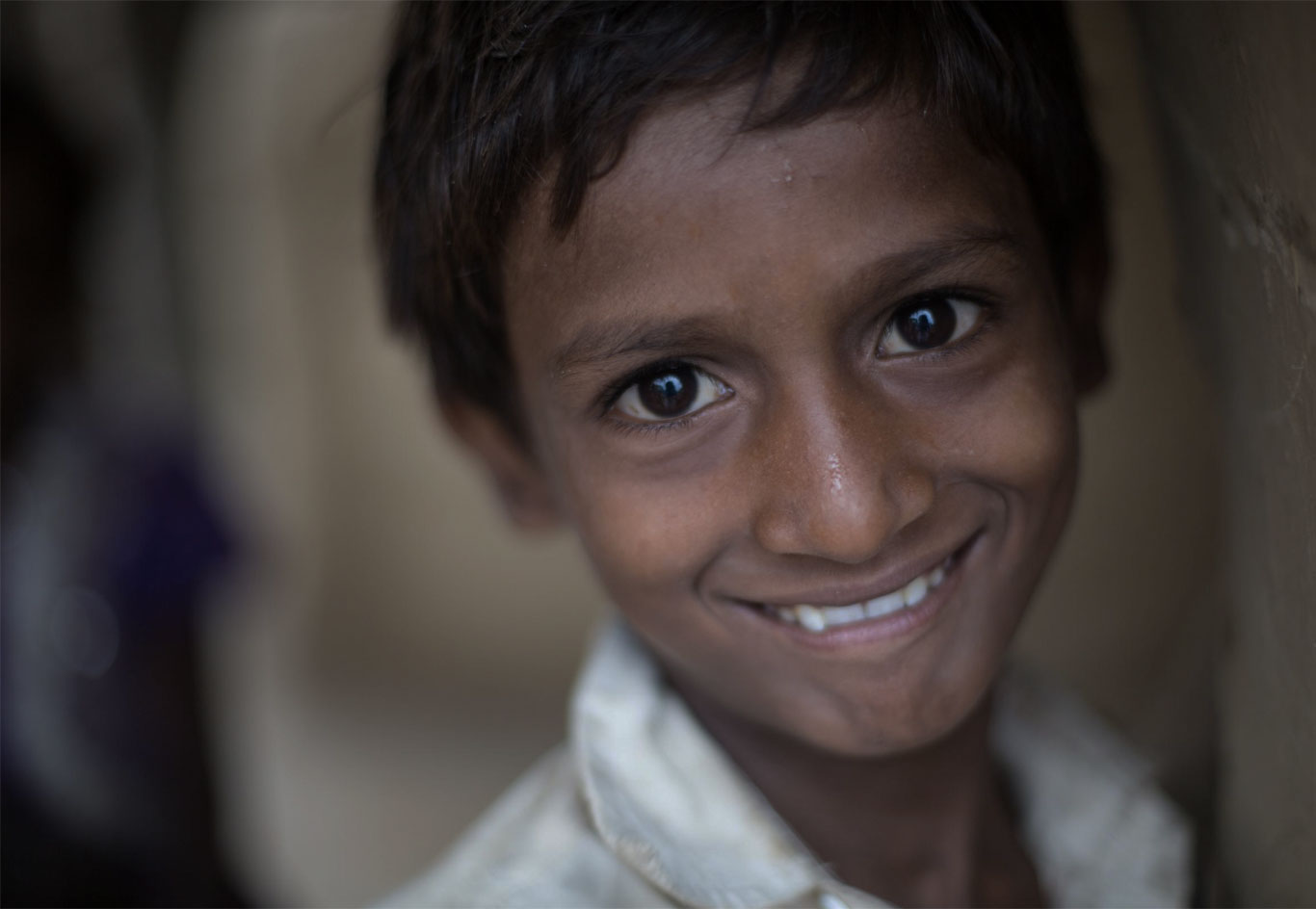
ABOUT
DHARNAI LIVE
Decentralised Renewable Energy System (DRES) or distributed microgrids can be designed to meet the specific power needs of different populations on a variety of different scales, and therefore, are an inclusive solution that can meet the needs of diverse economic segments.
Additionally, in the context of poor rural communities, microgrids offer clear financial advantages for low-income end-users, as access to electricity results from an ongoing service agreement rather than ownership of a product (such as a solar home system or solar portable lighting device).
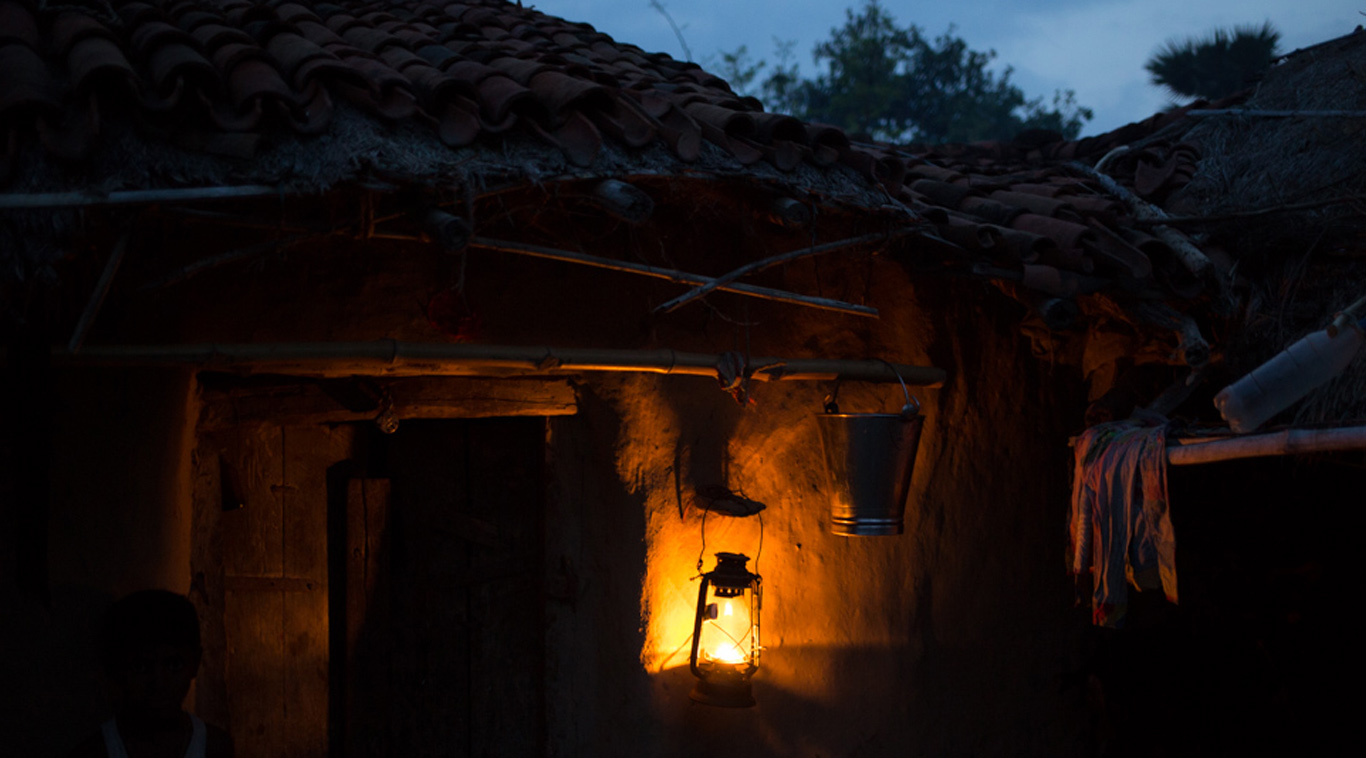
Most of Bihar’s natural resources, like forests and mines (particularly coal mines) went to Jharkhand. Even if the government wants to set up new thermal power plants, availability of coal will be a critical factor. Presently, major part of Bihar’s power supply is imported from Jharkhand State Electricity Board or from the National Thermal Power Corporation plants. Taking the situation into account, it is necessary to explore new models and technical solutions like decentralised rural electrification systems and off-grid, stand-alone devices.
Quality, reliable and sustained electricity is extremely vital for Bihar to continue on the development pathway that has been chartered in the recent past. With a generation capacity of 546 MW and the lowest per capita consumption of 122.11 kWh, it is no surprise that 82% of the population in this state still lack access to electricity. High poverty paired with the population’s geographic concentration in remote, rural areas form barriers that limit the logistical and financial viability of extending centralized electricity infrastructure to under-served districts.
To date, rural electrification and energy access has been tackled by succeeding governments through centralized electricity infrastructure delivery systems. Greenpeace believes there is a more effective, reliable and sustainable way to provide access to electricity in Bihar.
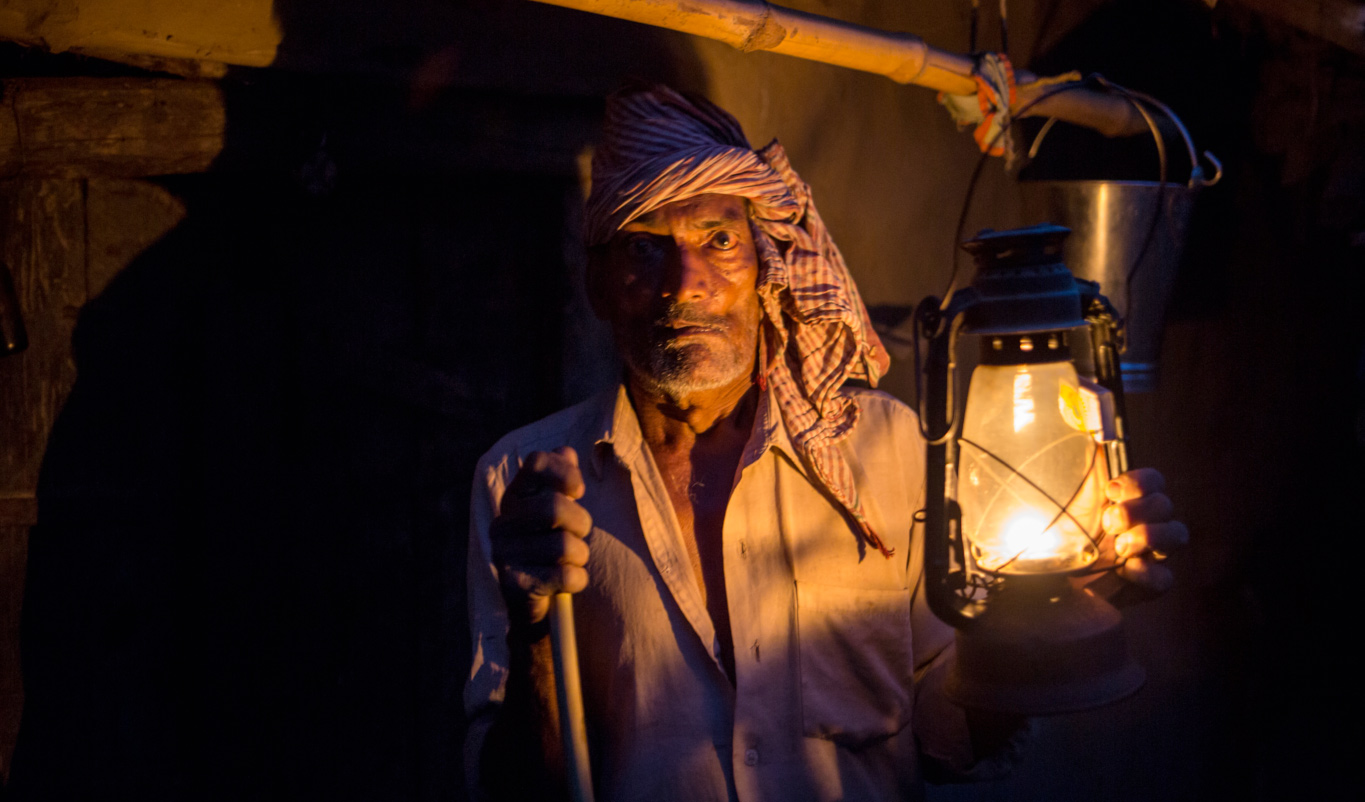
In 2012, Greenpeace did a social audit on RGGVY (Rajiv Gandhi Gramin Vidyutikaran Yojana) and challenged that the program was mainly extending the centralized grid. As a solution, Greenpeace proposed a decentralized rural electrification model powered by solar to provide energy access to villages in Bihar still living in darkness.
Why Dharnai? - To implement and test its proposed solution, Greenpeace scouted for a heterogeneous village where agriculture was the main occupation. The village also had to have basic social infrastructure like school, healthcare facility, an anganwadi, a commercial zone and around 400 households.
After going through 20 to 25 villages in different districts of Bihar, Greenpeace zeroed in on the Dharnai revenue village in the Makhdumpur block of Jehanabad district.
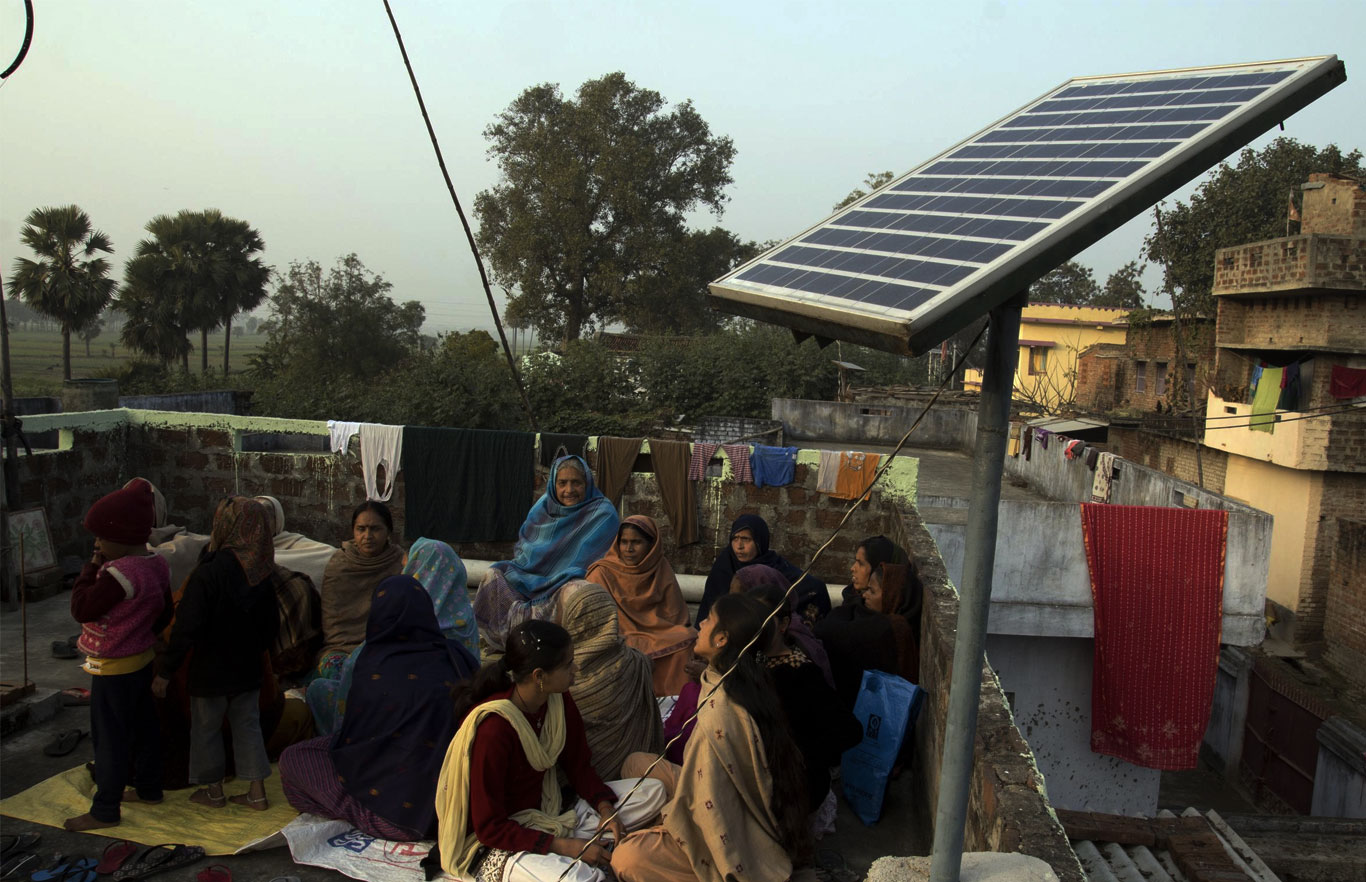
Decentralized rural electrification in the state of Bihar will have several potential advantages because of:
- i) Locally available renewable sources
- ii) Significantly less transmission and distribution losses
- iii) Viability in remote areas as compared to grid electricity
- iv) Financial accessibility to small investors due to lower capital cost
- v) Low involvement of scarce government resources
- vi) Capacity building of local community
- vii) Job creation through operations and maintenance
Decentralized Renewable Energy System (DRES) or distributed microgrids can be designed to meet the specific power needs of local people according to their needs, and therefore, are an inclusive solution that can meet the needs of diverse communities in rural Bihar. Additionally, in the context of poor rural communities, microgrids offer clear financial advantages for low-income end-users, as access to electricity results from an ongoing service that is locally produced and managed.
The decentralized solar-based microgrid project implemented in Dharnai has evolved out of this vision and philosophy.
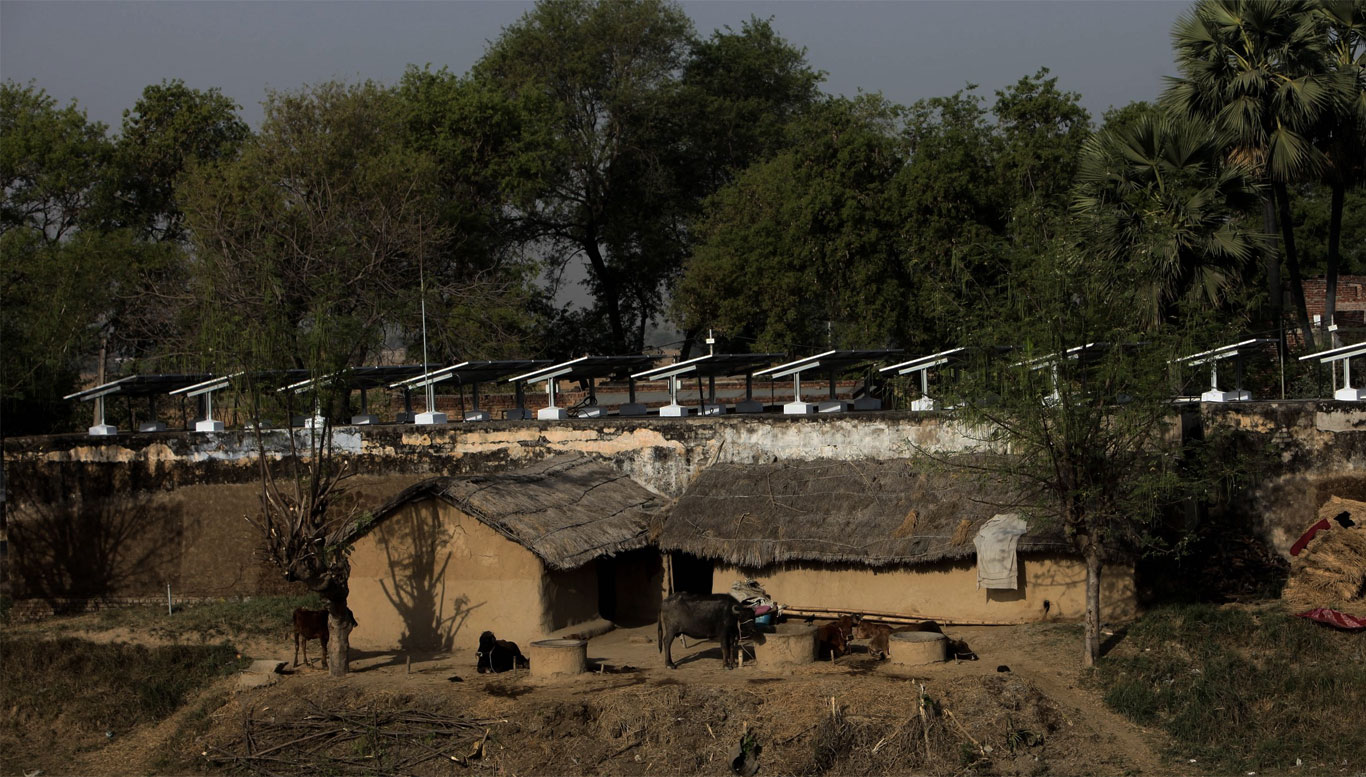
Until a few months back, the residents of Dharnai were among that majority, living without access to electricity. For 30 years, darkness has been their reality, their story. But, not anymore.
Now: Powered by the Sun - Since March 2014, the people of this village have been able to leave the past behind. The lights are now on in Dharnai, thanks to a decentralized renewable energy solution that has been installed in the village enabling energy access through a smart microgrid, powered by the sun.
It has brought immense benefit to the community by ensuring quality power supply to people. It has been providing secured and guaranteed electricity for domestic lighting, agriculture, business activity and social infrastructures like schools, anaganwadi and health centers.
Reliable electricity supply in the evening has improved educational opportunities for the children in the village. Similarly, dependable power supply has boosted the local economy and brought a welcome relief to the social life of the villagers.
There is a visible improvement in the quality of life of Dharnai residents and that has become the talk of neighbouring villages, keen to understand and replicate the Dharnai-model.
Now, Dharnai is popularly known as the village where the sun does not set. It has become a symbol of hope. It is time for Dharnai to spread the light and become a global model, showcasing new possibilities in rural electrification.
